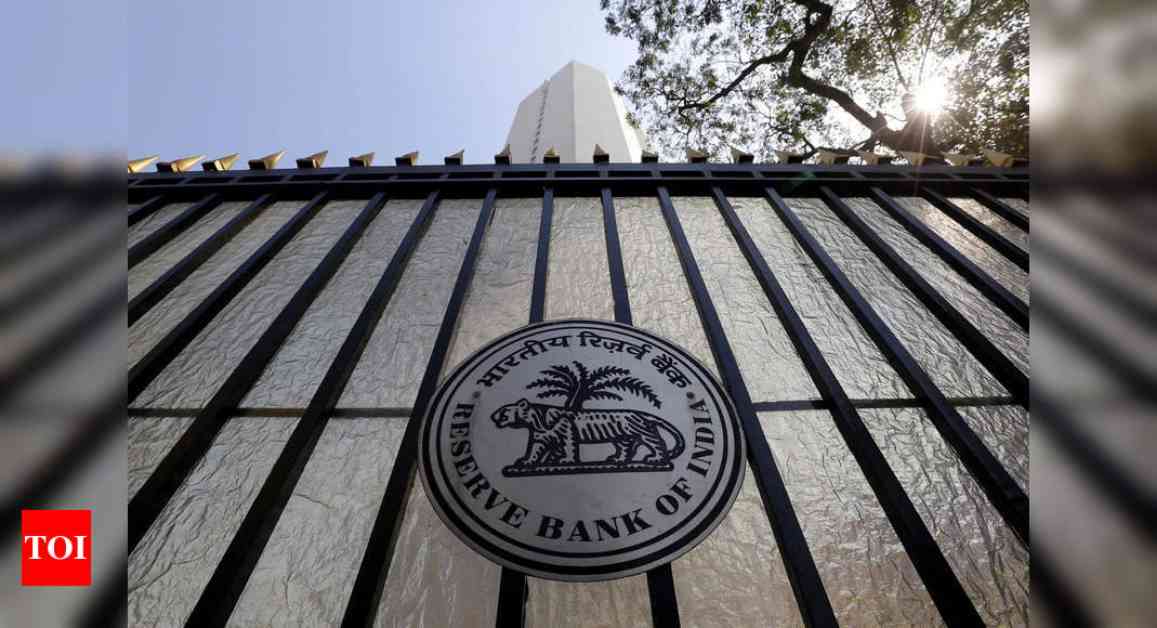RBI Expected to Cut Policy Rates by 50 bps in Early 2025: Report
NEW DELHI: The Reserve Bank of India (RBI) is anticipated to decrease policy rates by 50 basis points (bps) in the first half of 2025, as per a report by Jefferies. This decision comes on the heels of the central bank’s recent move towards eased liquidity, along with a 50 bps reduction in the cash reserve ratio (CRR) during the latest Monetary Policy Committee (MPC) meeting. The report, cited by news agency ANI, highlighted, “After easing stance on liquidity & CRR by 50bps, RBI may reconsider policy rates; we foresee 50bps rate cuts in 1H25”.
Transition to Neutral Liquidity Position
As the RBI shifts from a “withdrawal” stance to a neutral liquidity position and decreases CRR to its pre-Covid level of 4 percent of net demand and time liabilities (NDTL), the stage is set for rate cuts aimed at bolstering growth and investments.
Impact on Banks and Asset Quality
While a reduction in policy rates is expected to stabilize regulatory momentum and enhance economic growth, it could have short-term repercussions on banks’ earnings. The report warns that a 10 bps decline in net interest margins (NIMs) could lead to a 3–8 percent reduction in earnings, with public sector banks likely to bear the brunt of the impact. Despite stable deposit rates, banks have seen a rise in their cost of funds by 10–50 bps over the past year due to repricing and shifts in funding mixes. Furthermore, challenges persist in asset quality, particularly in unsecured retail loans and loans to small and medium enterprises (SMEs).
Outlook for the Banking Industry
The report predicts that asset quality pressures are expected to ease by FY26, as stressed assets are considered for upfront and new disbursals slow down. The recovery of GDP growth is anticipated to play a crucial role in alleviating pressures on SME loans. However, the Microfinance Institution (MFI) segment may continue to face difficulties, potentially impacting the earnings of mid-sized banks. Despite the anticipated rate cuts and improved asset quality by FY26, near-term challenges such as NIM compression and stress in the MFI segment could pose obstacles, particularly for public sector and mid-sized banks.























